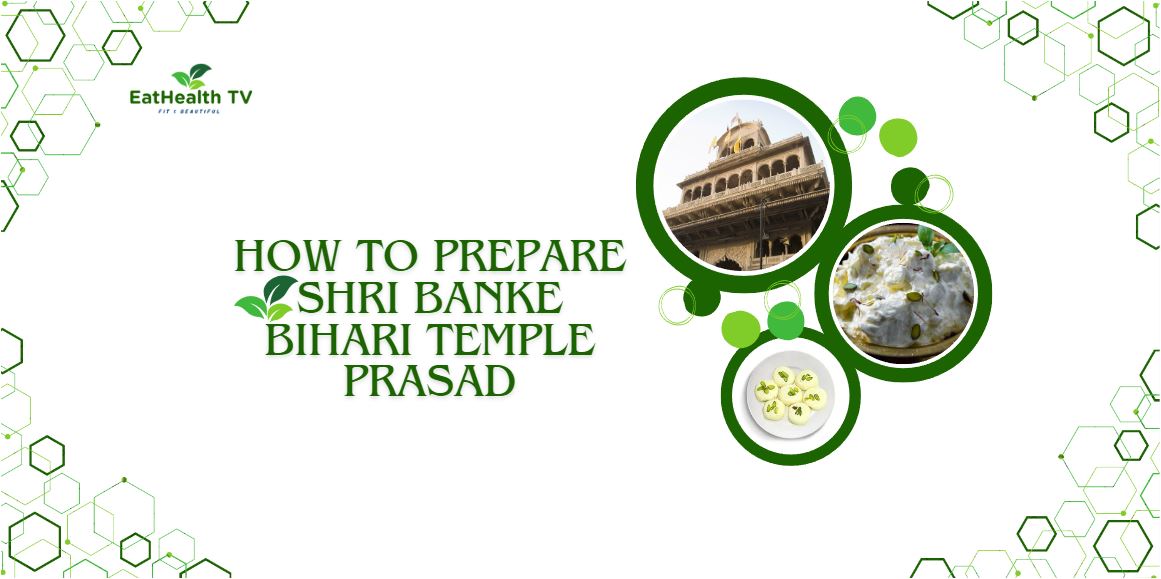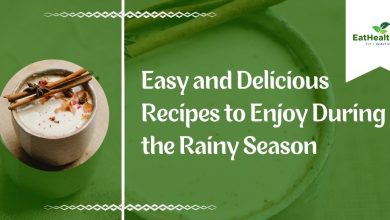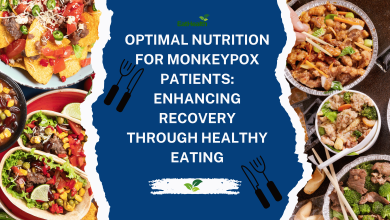How to Prepare Shri Banke Bihari Temple Prasad
Divine Indulgence: Crafting the Sacred Prasad of Shri Banke Bihari Temple

The Significance of Shri Banke Bihari Temple Prasad
Nestled in the holy town of Vrindavan, the Shri Banke Bihari Temple stands as a symbol of devotion and spirituality. Among the various rituals observed at this revered temple, the preparation and offering of Prasad hold a special significance. In this comprehensive guide, we will explore the traditional methods of preparing Shri Banke Bihari Temple Prasad, focusing on two divine delicacies – Maakhan Mishri and Peda made with cow milk.
The Spiritual Essence of Prasad:
In Hinduism, Prasad holds immense spiritual significance. It is not merely food but a divine offering, sanctified by the blessings of the deity. Consuming Prasad is believed to bestow blessings, purify the soul, and deepen one’s spiritual connection with the divine. The offerings of Maakhan, Mishri, and Peda at Shri Banke Bihari Temple embody this sacred tradition, symbolizing the sweetness and abundance of divine grace.
Maakhan:
The Symbol of Divine Nourishment Maakhan, or butter, occupies a special place in Hindu mythology and symbolism. It represents nourishment, purity, and abundance. In the context of Shri Banke Bihari Temple, Maakhan symbolizes the divine nourishment provided by Lord Krishna, who is often depicted as stealing butter during his childhood in Vrindavan. By partaking in Maakhan Prasad, devotees seek to imbibe the spiritual sustenance offered by the Lord, nurturing their souls with his divine love and blessings.
Mishri:
The Essence of Sweetness and Purity Mishri, or rock sugar, is another integral component of Shri Banke Bihari Temple Prasad. Its crystalline structure and inherent sweetness symbolize purity and bliss. Mishri is offered to the deity as a token of devotion and gratitude, symbolizing the sweetness of divine love and the joy of spiritual communion. By consuming Mishri Prasad, devotees aspire to purify their hearts and minds, cultivating virtues such as humility, compassion, and gratitude in their spiritual journey.
Peda:
A Culinary Delight Infused with Divine Grace Peda, a traditional Indian sweet made from cow milk, sugar, and spices, holds a cherished place in Hindu culture and religious rituals. At Shri Banke Bihari Temple, Peda is lovingly prepared and offered to the deity as a symbol of devotion and devotion. Its rich flavor and creamy texture evoke a sense of joy and satisfaction, mirroring the divine bliss experienced in the presence of the Lord. By partaking in Peda Prasad, devotees seek to deepen their bond with the divine, savoring the sweetness of divine grace and blessings. Just as we know How to Prepare Annavaram Satyanarayana Temple Prasad?
Understanding the Significance of Shri Banke Bihari Temple Prasad:
Shri Banke Bihari Temple Prasad holds immense spiritual significance for devotees. It is believed that partaking in this sacred offering not only nourishes the body but also purifies the soul, bestowing divine blessings and grace upon the devotees. As a symbol of devotion and gratitude, Shri Banke Bihari Temple Prasad fosters a deep connection between the devotee and the divine, enriching their spiritual journey.
Ingredients Required for Maakhan Mishri:
- Fresh Cow Milk: 2 liters
- Curd Starter Culture: 2 tablespoons
- Sugar: 1 cup
- Cardamom Powder: 1 teaspoon
- Saffron Strands: A pinch
- Crushed Pistachios and Almonds: For garnishing
Preparation Method for Maakhan Mishri:
- Curd Preparation: Heat the milk until it reaches a lukewarm temperature. Add the curd starter culture and mix well. Cover the milk and let it ferment overnight or until the curd sets.
- Churning Curd: Once the curd is set, transfer it to a muslin cloth and tie it into a bundle. Hang the bundle to allow the whey to drain, leaving behind thick, creamy curd.
- Adding Sugar and Flavor: Transfer the thick curd to a mixing bowl and add sugar, cardamom powder, and saffron strands. Mix well until the sugar dissolves completely and the mixture becomes smooth and creamy.
- Garnishing: Garnish the Maakhan Mishri with crushed pistachios and almonds, adding a touch of flavor and texture.
Ingredients Required for Peda made with Cow Milk:
- Khoya (Mawa): 250 grams
- Sugar: 1/2 cup
- Cardamom Powder: 1/2 teaspoon
- Saffron Strands: A pinch
- Crushed Pistachios and Almonds: For garnishing
Preparation Method for Peda made with Cow Milk:
- Cooking Khoya: Heat a non-stick pan and add khoya to it. Cook the khoya on low heat, stirring continuously, until it turns light brown and starts leaving the sides of the pan.
- Adding Sugar: Once the khoya is cooked, add sugar to it and mix well. Continue to cook until the sugar dissolves completely and the mixture thickens.
- Flavoring: Add cardamom powder and saffron strands to the mixture for flavor and aroma. Mix well until the flavors are well incorporated.
- Shaping Peda: Remove the mixture from the heat and let it cool slightly. Take small portions of the mixture and roll them into smooth balls. Flatten the balls slightly to form pedas.
- Garnishing: Garnish the pedas with crushed pistachios and almonds, adding a decorative touch and enhancing their flavor.
Conclusion:
In conclusion, the preparation of Shri Banke Bihari Temple Prasad is not just a culinary practice but a sacred ritual that embodies devotion, gratitude, and spiritual connection. By following the traditional methods outlined above, devotees can ensure the sanctity of this sacred offering and experience the divine blessings and grace of Lord Banke Bihari.




